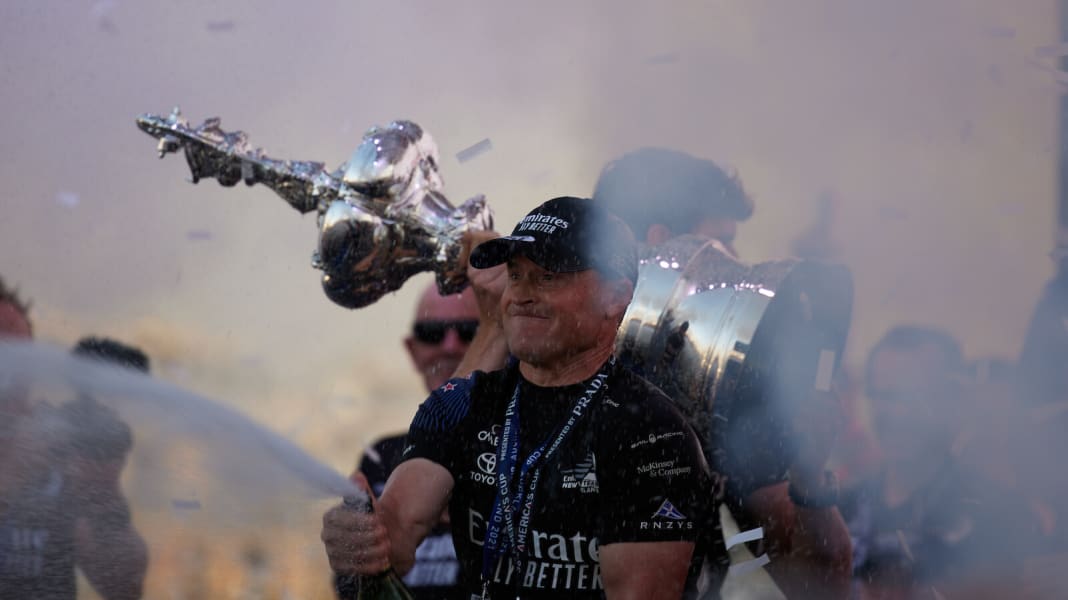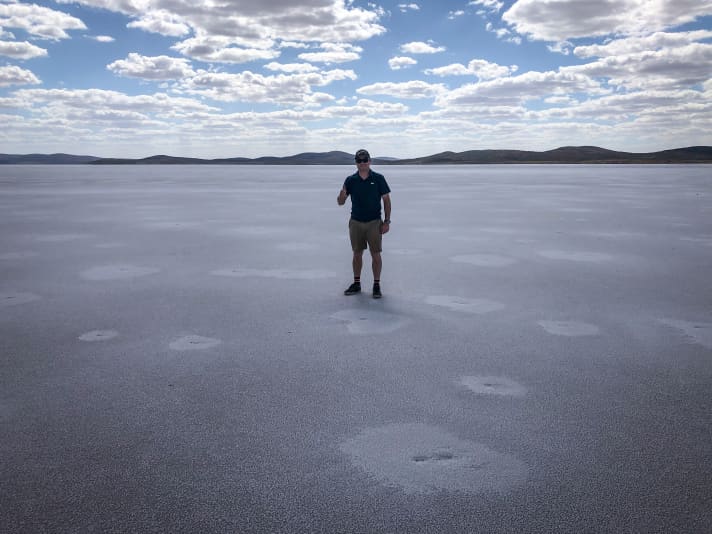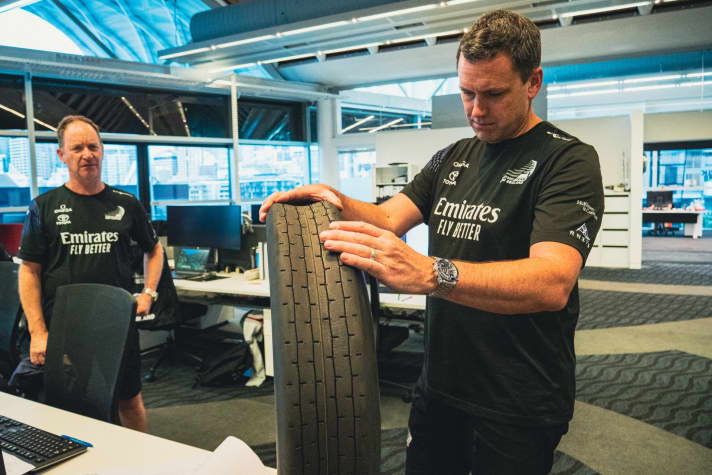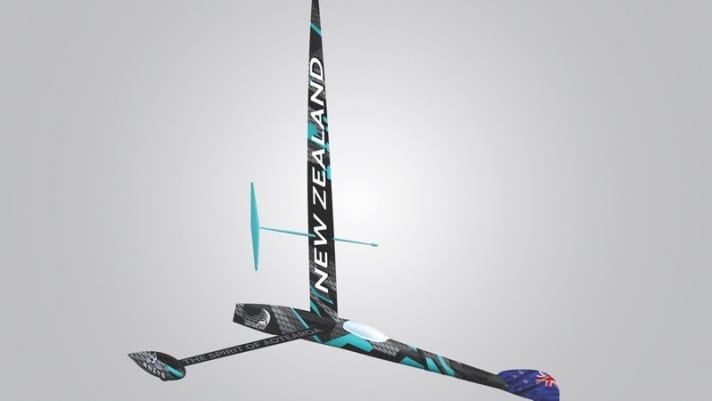Team New Zealand goes for sailing speed record on land: Speed whisperer Glenn Ashby chases a dream
Tatjana Pokorny
· 21.02.2022

Glenn Ashby has won the America's Cup three times and triumphed 17 times at world championships in four different classes. He won silver in the Tornado with Darren Bundock at the 2008 Olympics and later found his sailing home with Emirates Team New Zealand. With the Kiwis, he won the sailing world's most important trophy in 2017 and 2021 and is once again a key figure in New Zealand's defence of the Cup in the current 37th Cup cycle, which is set to succeed in 2024. Once again, technology and innovation are at the centre of Ashby's work in the battle for speed advantages. And not just on the water.

Ashby's work gave rise to the idea of attacking the land speed record under sail. A project team was put together for this purpose, which is financed independently of the America's Cup team. Other team members are supporting the project, as are external experts. CEO Grant Dalton is also fascinated and has often discussed the land-based sailing speed record with Ashby: "The land-based sailing speed record is something that has always interested me. So when I was able to bring a design challenge like this to Emirates Team New Zealand, I knew it would be beneficial on several fronts to challenge the organisation's engineers and innovators during the less busy times with new complex technical issues to solve with a cool project." Here the New Zealanders present their Record project (please click!).
Glenn Ashby, who has been unable to enter New Zealand for the past ten months, has been described by his team as a "cat on a hot tin roof" in the run-up to the new side challenge. Ashby himself says he has never spent as much time on the computer as he did last year. "When Grant said that we could look at the project after the 36th America's Cup, we all jumped at it," says Ashby. They started with a two-week feasibility study. This not only looked at the benefits of the project for the Cup campaign, but also ensured that the Cup objectives would not be compromised financially or in terms of resources. The group working on the record-breaking project is strong and includes Guillaume Verdier, Romaric Neyhousser, Benjamin Muyul, Jeremy Palmer, Romain Gard, Tim Meldrum, Sean Regan, Adrian Robb, Jarrod Hammond and Dave French. They all share the same goal: to beat the current land speed record under sail of 202.9 km/h, set by Richard Jenkins in 2009.

New Zealand's Team Director Matteo de Nora also supports the project and says: "We are currently experiencing some very close collaborations, with the design initially moving into Formula 1 territory with Ineos Britannia and Alinghi and Red Bull Racing. That's no coincidence. They are focussing on top speeds and what they can learn the faster they can go. So this project will contribute to further development and to learning more in the aerodynamic area, which was a key factor in the 36th America's Cup." However, there is at least one clear difference between sailing racers on water and on land: the latter have wheels and function independently of the hydrodynamic forces acting on foils in the water. "That's the big unknown for us," says ETNZ mechanical engineer Tim Meldrum.

Another contradictory problem to the standard in the America's Cup is the weight of the boat. The less an AC75 yacht weighs, the easier it is to "fly" on foils and the faster it is. For a "land yacht", the weight is rather positive in certain respects. Build manager Sean Regan says: "For land speed, weight is more likely to be our friend if it's used in the right place." According to the team, potential record arenas for possible record attempts in July or early August are the Gairdner salt lakes in South Australia or Lefroy in Western Australia. The record-breaking vehicle is already under construction on Auckland's north coast, is due to be completed at the end of March and will then undergo its first tests. Ashby summarises: "The obvious goal is to design a vehicle that will become the fastest wind-powered land yacht ever. That's a bloody exciting thing to be trying to achieve here."

